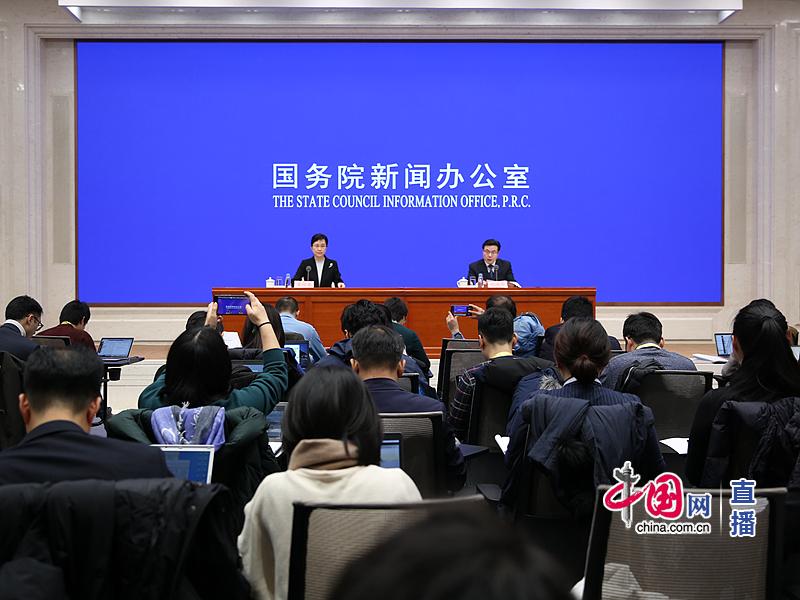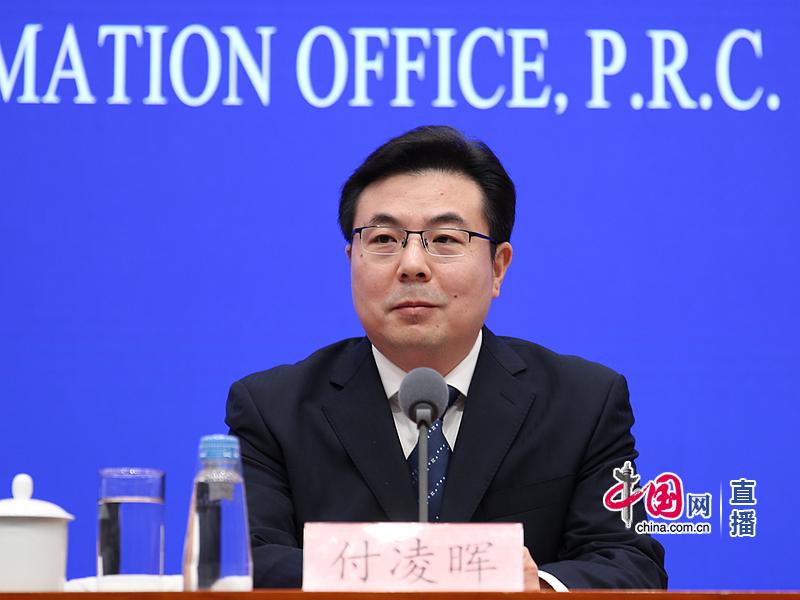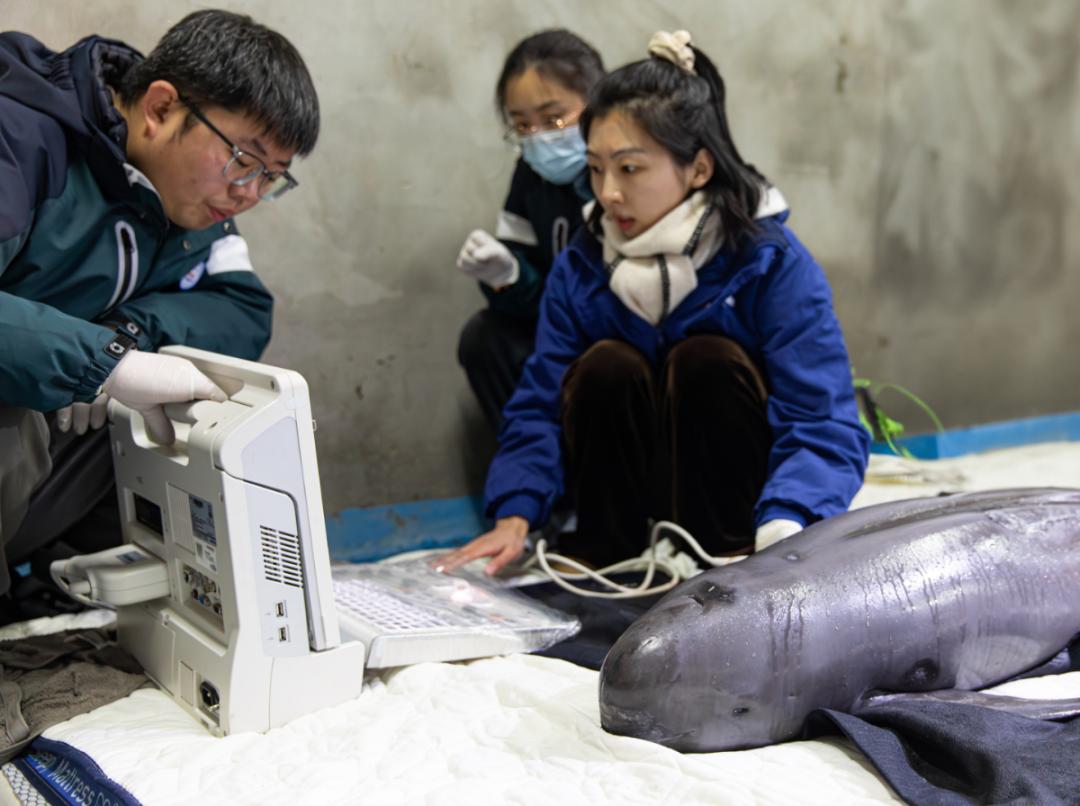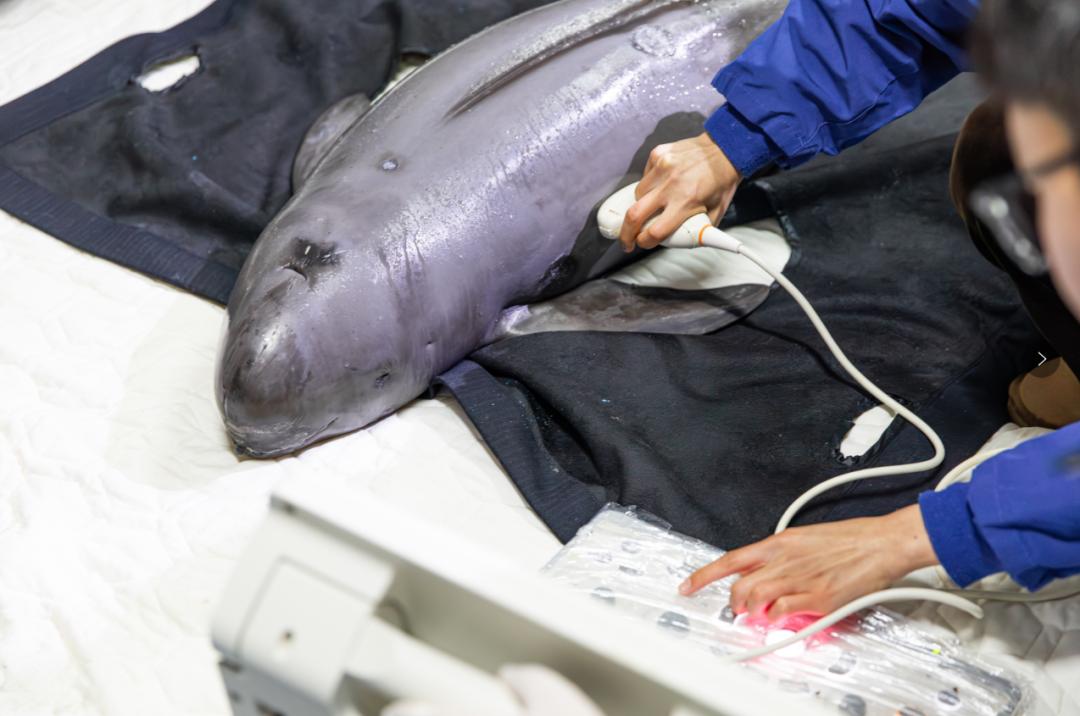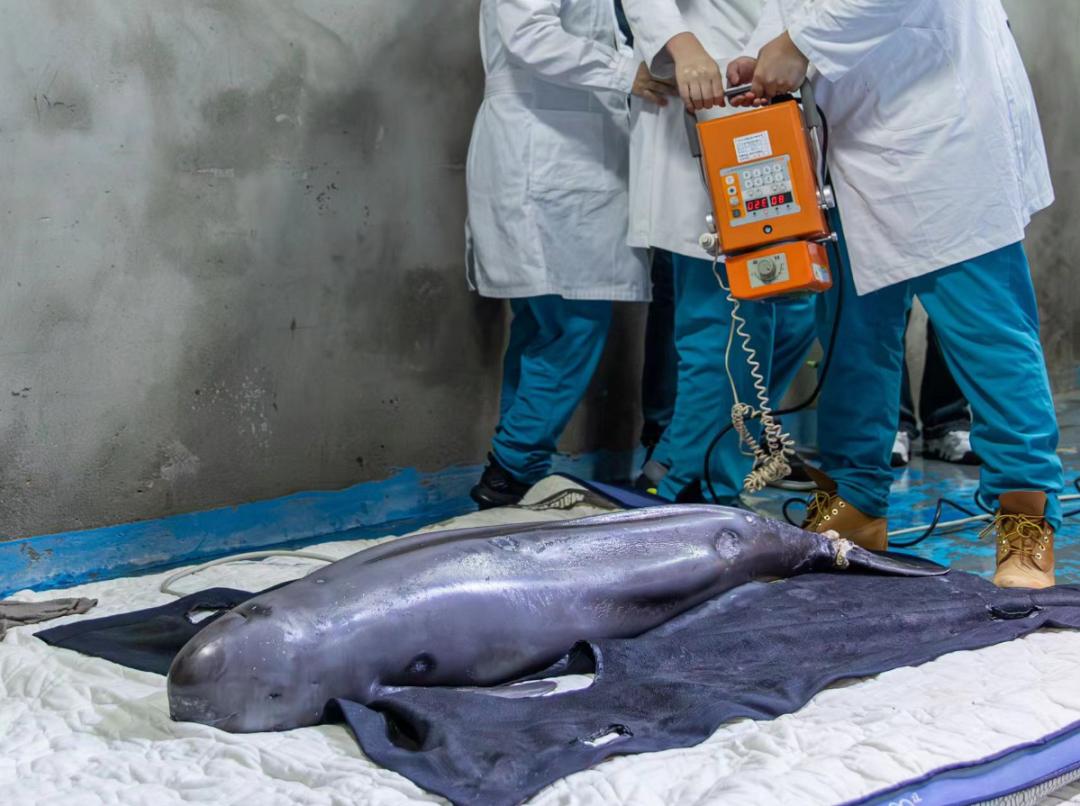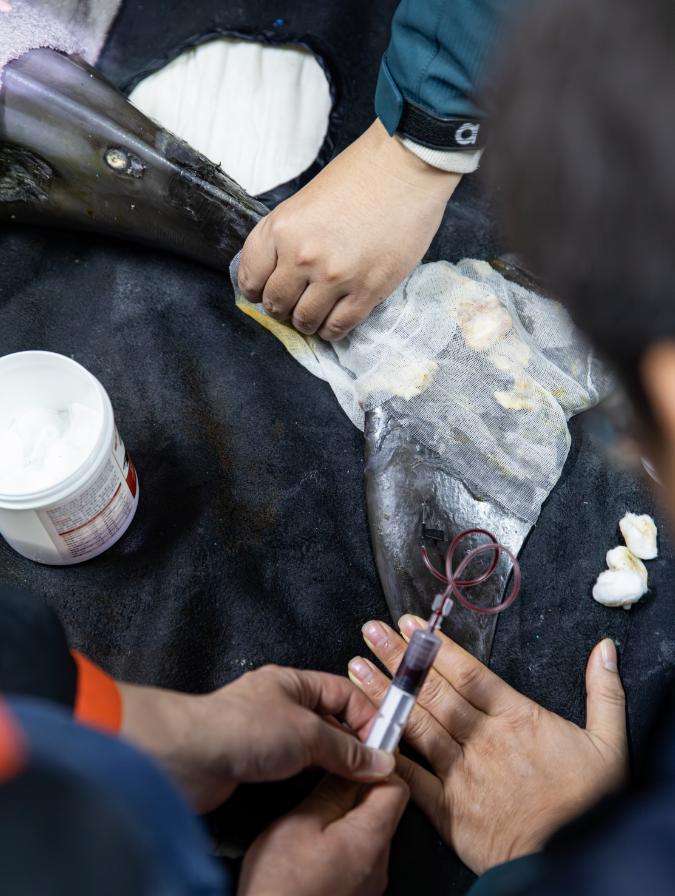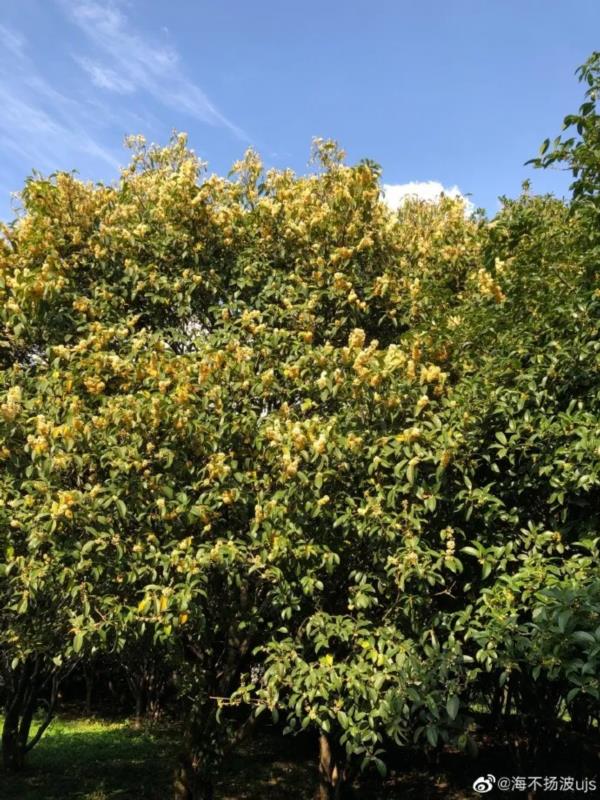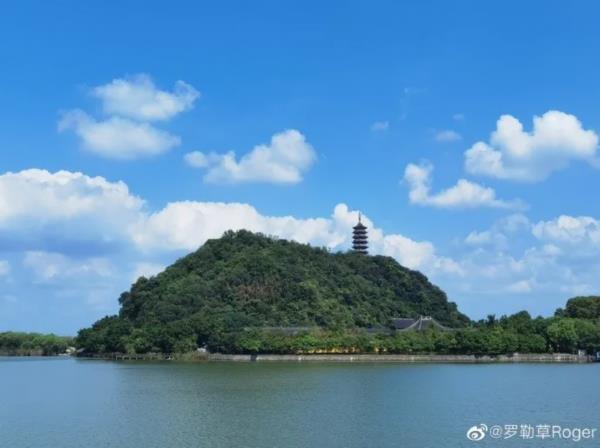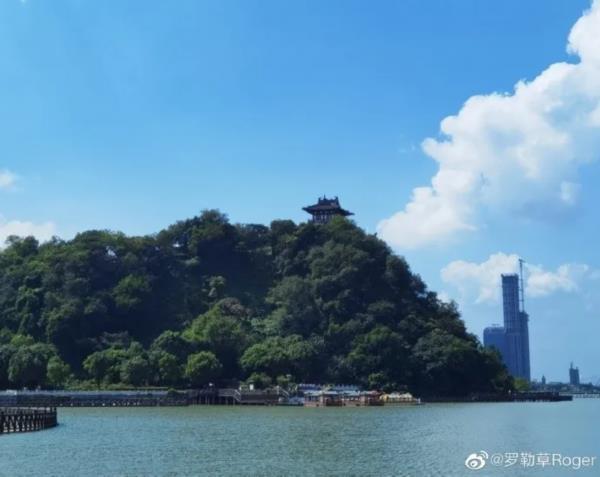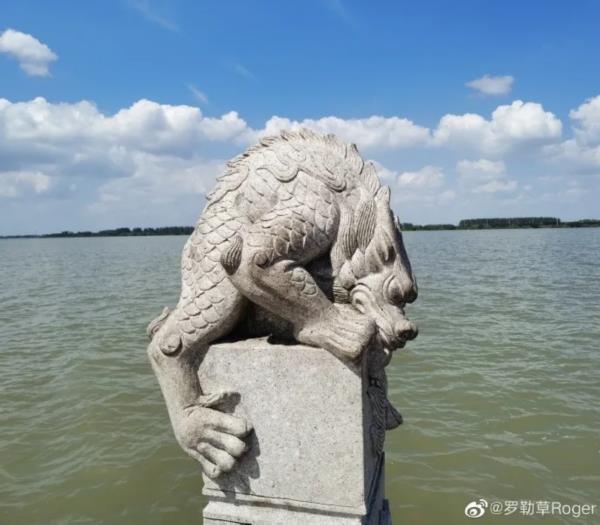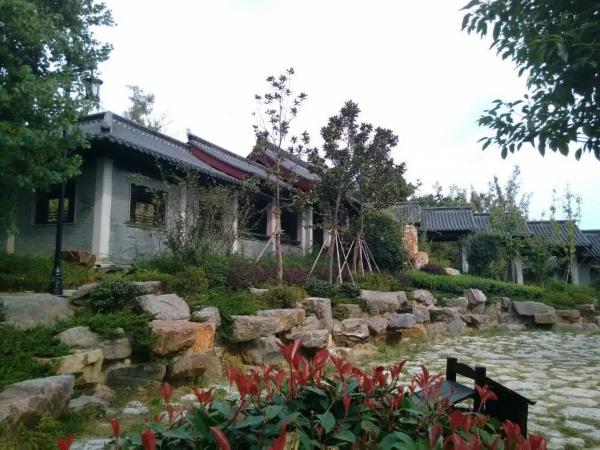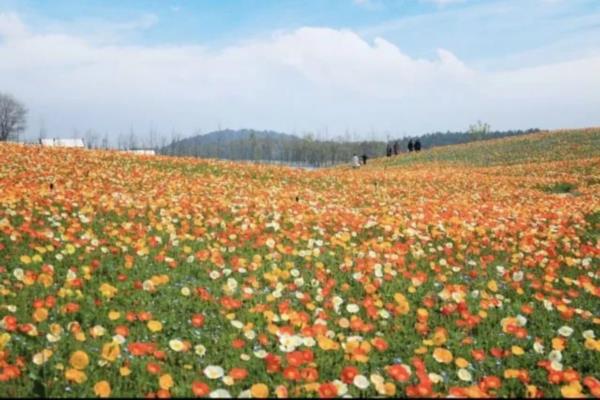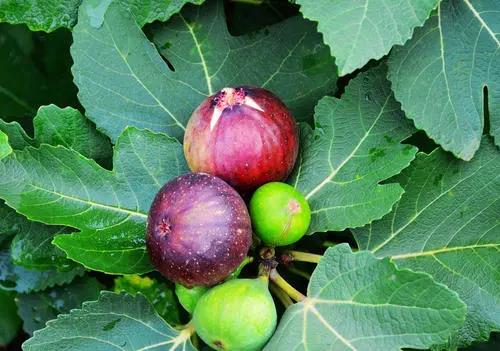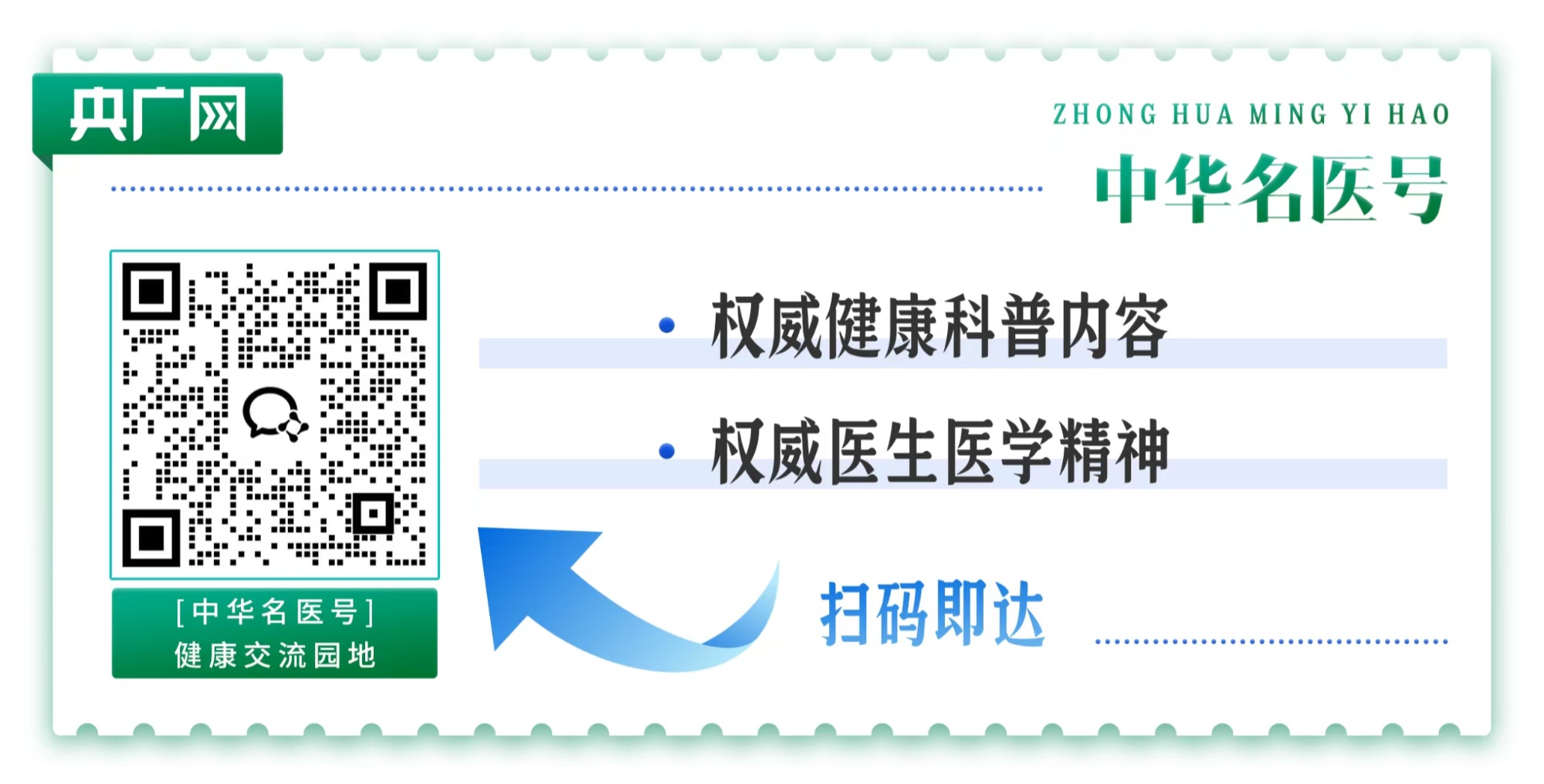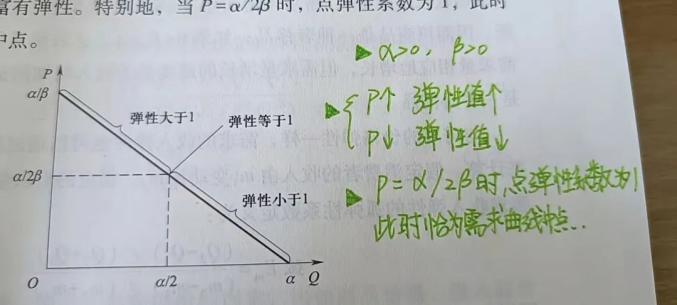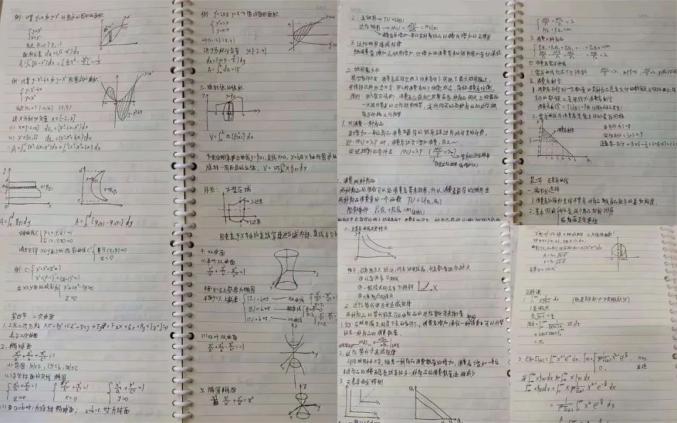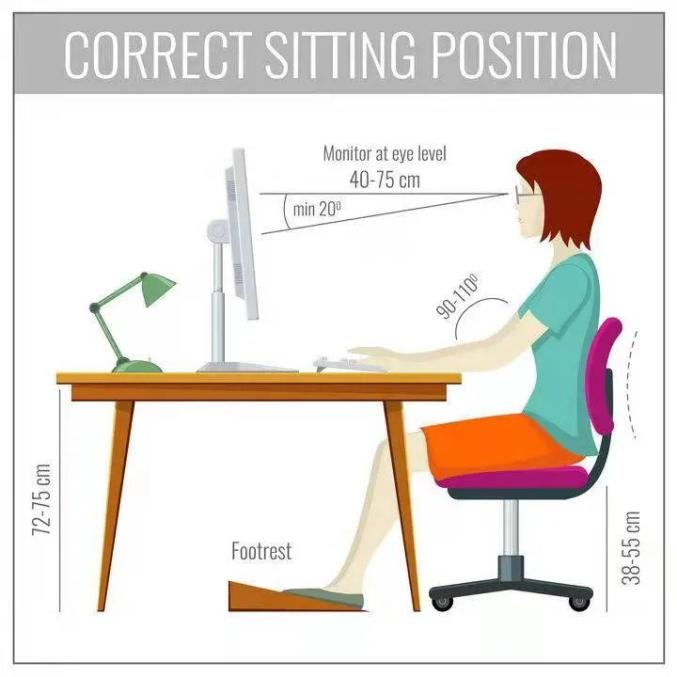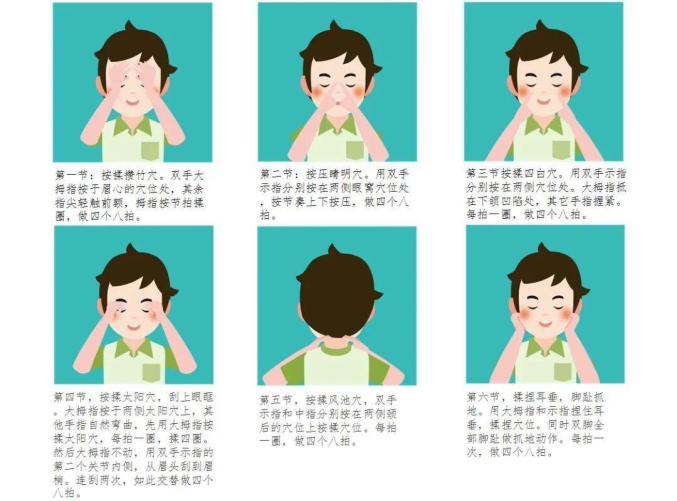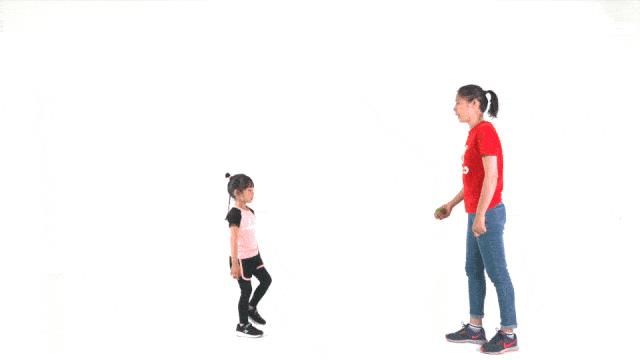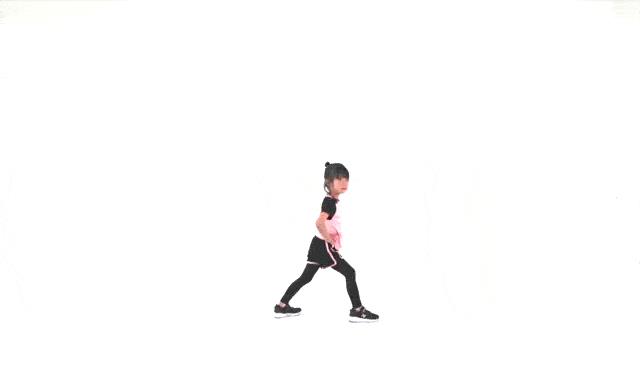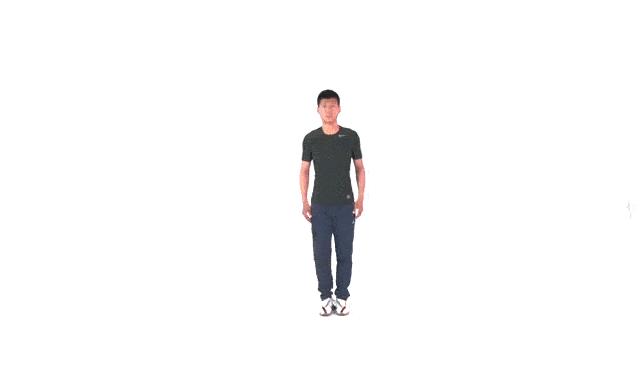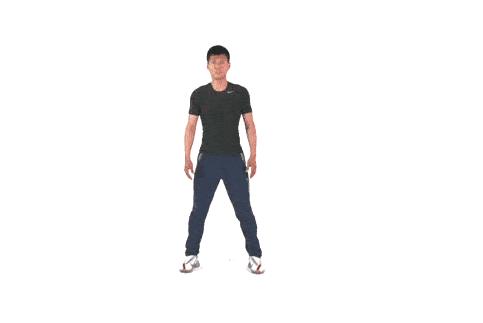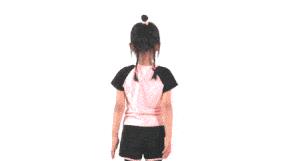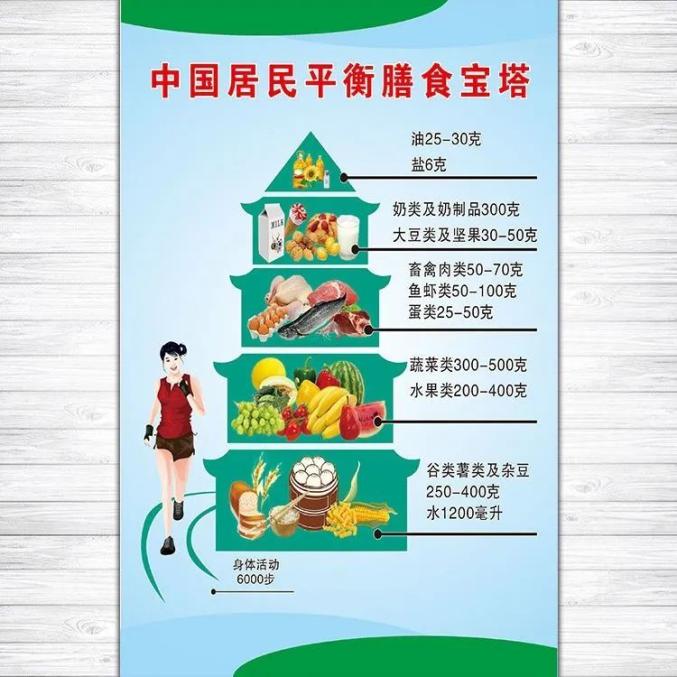China food and drug administration Order (No.21) Measures for the Administration of Food and Drug Complaints and Reports
China food and drug administration order
sequence 21 number
The Measures for the Administration of Food and Drug Complaints and Reports, which was considered and adopted at the executive meeting of china food and drug administration on December 22, 2015, is hereby promulgated and shall come into force as of March 1, 2016.
Director Bi Jingquan
January 12, 2016
Measures for the administration of food and drug complaints and reports
Chapter I General Principles
the first In order to standardize the management of food and drug complaints and reports, promote the social co-governance of food and drug safety, intensify the punishment of food and drug violations, and ensure public health and life safety, these measures are formulated in accordance with the provisions of the Food Safety Law of People’s Republic of China (PRC) and its implementing regulations, the Drug Administration Law of People’s Republic of China (PRC) and its implementing regulations, the Regulations on the Supervision and Administration of Medical Devices, and the Regulations on the Supervision of Cosmetics Hygiene.
the second Food and drug complaint reporting refers to that citizens, legal persons or other organizations report to the food and drug supervision and management departments at all levels the suspected illegal acts of producers, operators and other subjects in the production and operation of food (including food additives) related to food safety, and in the development, production, operation and use of drugs, medical devices and cosmetics related to product quality and safety.
Article The management of food and drug complaints and reports shall follow the principles of unified leadership, territorial management, administration according to law and social co-governance.
Food and drug supervision and management departments at all levels shall strengthen the guidance and coordination of the management of food and drug complaints and reports, strengthen publicity, implement the reward system for reporting, and encourage and support the public to complain and report food and drug violations.
Article 4 The State Council Food and Drug Administration is in charge of the management of food and drug complaints and reports nationwide, and mainly performs the following duties:
(a) to formulate food and drug complaints management system and policy and supervise the implementation;
(2) Investigating and handling food and drug complaints and reports that have significant influence nationwide and releasing relevant information;
(3) Informing the national management of food and drug complaints and reports;
(four) to coordinate and guide the specific work of the food and drug complaint reporting institutions at the same level.
Article 5 Local food and drug supervision and management departments at all levels are in charge of the management of food and drug complaints and reports in their respective administrative areas, and mainly perform the following duties:
(a) according to these measures, formulate the food and drug complaint reporting management system and policies in this administrative region and supervise the implementation;
(2) Investigating and handling food and drug complaints and reports in their respective administrative areas and releasing relevant information;
(3) Informing and reporting the management of food and drug complaints and reports in their respective administrative areas to their superiors;
(four) to coordinate and guide the specific work of the food and drug complaint reporting institutions at the same level.
Article 6 The complaint reporting agency of the State Council Food and Drug Administration is responsible for the specific work of the national food and drug complaint reporting management, and mainly performs the following duties:
(1) Accepting, transferring, transferring, tracking, supervising and auditing the complaints and reports about food and drugs received directly;
(two) to collect and summarize the information of national food and drug complaints, and regularly publish the analysis report of national food and drug complaints;
(3) Formulating working procedures, standards and norms for the management of food and drug complaints and reports, and providing operational guidance to local food and drug complaints and reports institutions at all levels;
(four) to undertake the publicity and training of the management of food and drug complaints and reports throughout the country.
Article 7 The complaint reporting agencies of local food and drug supervision and management departments at all levels are responsible for the specific work of food and drug complaint reporting management in their respective administrative areas, and mainly perform the following duties:
(1) Accepting, transferring, transferring, tracking, supervising and auditing the complaints and reports about food and drugs received directly;
(2) Transferring, transferring, tracking, supervising, reviewing and reporting the food and drug complaints and reports transferred by the superior;
(three) to provide business guidance to subordinate food and drug complaint reporting institutions;
(four) to collect, summarize and analyze the information of food and drug complaints and reports in this administrative region, and report to the food and drug complaints and reports institution at the next higher level on a regular basis as required;
(five) to undertake the publicity and training of food and drug complaints in this administrative region.
Article 8 Food and drug supervision and management departments at all levels shall unblock the complaint reporting channels such as "12331" telephone, internet, letters and visits, establish and improve an integrated complaint reporting information management system, and realize the interconnection of food and drug complaint reporting information throughout the country.
Article 9 Food and drug supervision and management departments at all levels shall, in accordance with the provisions of relevant laws and regulations, investigate and deal with the complaints and reports accepted, and feed back the results to the complainants to solve and respond to public demands in a timely manner.
Chapter II Handling
Article 10 The food and drug complaint reporting institution is responsible for uniformly accepting food and drug complaints and reports.
The food and drug supervision and administration department shall, within 5 days from the date of receipt, transfer the food and drug complaints and reports directly received; If there is no food and drug complaint reporting institution at the same level, it shall be transferred to the department responsible for complaint reporting management within 5 days from the date of receipt.
Article 11 The complainant shall provide objective and true complaint reporting materials and evidence, explain the basic course of the matter, and provide detailed information such as the name, address and specific acts suspected of violating the law of the object of complaint reporting.
Advocate real-name complaints and reports. If the complainant is unwilling to provide his name, identity, contact information and other personal information or is unwilling to publicly report the complaint, he should be respected.
Article 12 The food and drug complaint reporting institution or administrative department shall accept the complaints and reports in accordance with the provisions of Article 2 of these Measures.
If a complaint is reported in any of the following circumstances, it shall not be accepted and the complainant shall be informed in an appropriate way:
(a) there is no specific and clear object of complaint and illegal act;
(two) the object of complaint and the illegal act are not within the jurisdiction of the food and drug complaint reporting agency or the administrative department;
(three) does not belong to the scope of supervision and responsibility of the food and drug supervision and management department;
(four) the complaint report has been accepted and is still in the process of investigation and handling, and the complainant repeats the complaint report on the same matter;
(five) the complaint has been dealt with according to law, and the complainant repeats the complaint with the same facts or reasons without new clues;
(six) the illegal act has exceeded the statutory time limit for prosecution;
(seven) should be resolved through litigation, arbitration, administrative reconsideration and other legal channels or have entered the above procedures;
(eight) other circumstances that should not be accepted according to law.
Complaints and reports contain both content that should be accepted and content that should not be accepted. If they can be treated differently, the content that should not be accepted will not be accepted.
Article 13 The complainant shall make a complaint to the food and drug complaint reporting institution with jurisdiction. Belonging to the duties of the county-level food and drug supervision and management department, the complainant shall make a complaint to the county-level food and drug complaint reporting institution where the suspected illegal subject is located or where the suspected illegal act occurs.
In the provinces, autonomous regions and municipalities directly under the central government that uniformly accept food and drug complaints and reports, the complainant may file a complaint and report to the food and drug complaint and report institution of the province, autonomous region or municipality directly under the central government.
Where two or more food and drug complaint reporting agencies or administrative departments have jurisdiction, the food and drug complaint reporting agency or administrative department that first received the complaint report shall have jurisdiction.
Article 14 If there is a dispute over jurisdiction between food and drug complaint reporting institutions or administrative departments, it shall be decided by the food and drug complaint reporting institutions or administrative departments involved through consultation; If negotiation fails, the common food and drug complaint reporting institution or management department at the next higher level shall designate the food and drug complaint reporting institution or management department to accept.
Article 15 The food and drug complaint reporting institution or administrative department shall, after receiving the complaint report, uniformly code it, and make a decision on whether to accept it within 5 days from the date of receipt.
If the food and drug complaint reporting institution or administrative department decides not to accept the complaint or part of the complaint, it shall inform the complainant of the decision and reasons for not accepting it in an appropriate way within 15 days from the date of making the decision of not accepting it, except that the contact information of the complainant is unknown.
Failing to inform in accordance with the provisions of the preceding paragraph, the complaint report shall be accepted on the fifth day from the date of receipt by the food and drug complaint reporting institution or management department.
Article 16 The accepted complaints and reports shall be handled according to the classification of important complaints and general complaints and reports.
Complaints and reports that meet one of the following circumstances are important complaints and reports:
(1) claiming to have caused death, serious disability, multiple disabilities and other serious consequences;
(two) may cause serious food-borne or drug-induced safety hazards;
(three) may involve national interests or cause significant social impact;
(four) may lead to systemic and regional risks;
(five) other complaints and reports that the food and drug complaint reporting agency or the administrative department considers important.
Chapter III Handling Procedures
Article 17 After accepting general complaints and reports, food and drug complaint reporting institutions at all levels shall, according to the principle of territorial management and the division of supervisory responsibilities, transfer them to relevant departments for handling within 3 days from the date of acceptance.
Food and drug complaint reporting institutions at all levels shall, after accepting important complaints and reports, transfer them to the food and drug supervision and administration department at the same level for handling opinions within 2 days.
Article 18 Food and drug supervision and management departments at all levels shall establish and improve the multi-sectoral communication and coordination mechanism, and timely study and handle complaints and reports.
The food and drug complaint reporting agency shall put forward the proposed opinions and report them to the food and drug supervision and management department at the same level. The food and drug supervision and administration department at the same level shall promptly and clearly handle opinions and organize and coordinate the handling of complaints and reports.
Article 19 The undertaking department of complaints and reports shall promptly investigate and verify the clues of complaints and reports, handle them according to law, and feed back the handling results to the complainant in an appropriate way, unless the contact information of the complainant is unknown.
Article 20 The complaint reporting undertaking department shall, within 60 days from the date of acceptance of the complaint report, feedback the handling results to the complainant; If the situation is complicated, the processing period may be appropriately extended upon approval before the expiration of the 60-day period, and the complainant shall be informed that it is being processed. After completion, the complainant shall be informed of the handling results.
If the complaint is postponed, the extension period shall generally not exceed 30 days. Where laws, administrative regulations and rules provide otherwise, such provisions shall prevail.
The following time is not counted in the complaint reporting period:
(a) to determine the time required for the food and drug complaint reporting institutions or administrative departments under their jurisdiction;
(two) the time required for inspection, identification, expert review or demonstration in the process of handling complaints and reports by the complaint reporting undertaking department;
(three) the time required for other departments to assist in the investigation.
Especially complicated and difficult complaints and reports need to be extended, it shall be submitted in writing to the person in charge of the complaint and report undertaking department for approval, and inform the complainant and the food and drug complaint reporting agency or management department that transferred the complaint and report to him in time.
If the complainant consults on the progress of handling in the process of handling the complaint report, the complaint reporting undertaking department shall inform him in an appropriate way that he is handling it.
Article 21 The food and drug complaint reporting institution shall keep track of the handling of the transferred complaints in a timely manner, and the lower food and drug complaint reporting institution or the complaint reporting undertaking department shall cooperate.
If the complaint has not been settled for more than 50 days from the date of acceptance, the food and drug complaint reporting institution may urge the complaint reporting undertaking department to handle it in time, except for the approval of the extension.
After the expiration of the time limit for handling complaints and reports, the food and drug complaint reporting agency may, as the case may be, draw the complaint reporting undertaking department’s business department at the next higher level for supervision.
Article 22 The undertaking department of complaints and reports shall forward the feedback on the extension of handling of complaints and reports and the handling results to the food and drug complaint reporting institutions it handles, and the information on important complaints and reports shall be immediately fed back, and the information on general complaints and reports shall be fed back within 5 days after the completion of handling or the extension decision is made.
Local food and drug complaint reporting institutions at all levels shall, within 5 days after receiving the complaint reporting results, report the complaint reporting results to the higher food and drug complaint reporting institutions through the complaint reporting information management system.
Article 23 If the food and drug complaint reporting institution finds any of the following circumstances, it may put forward suggestions for improvement to the complaint reporting undertaking department:
(a) did not handle the complaint within the prescribed time limit;
(2) Failing to feedback the handling results to the complainant and the food and drug complaint reporting agency, or giving improper feedback.
Article 24 According to the needs of the work, the food and drug complaint reporting agency can pay a return visit to the handling of complaints, listen to the opinions and suggestions of the complainant, and record the results of the return visit.
Article 25 Food and drug complaint reporting institutions and complaint reporting undertaking departments shall, in accordance with the provisions of the Archives Law of People’s Republic of China (PRC) and other laws and regulations, file the text, audio-visual and other materials with preservation value for future reference.
Chapter IV Information Management
Article 26 The food and drug supervision and administration department of the State Council is responsible for the construction of the national food and drug complaint reporting data center, and the food and drug supervision and administration departments of provinces, autonomous regions and municipalities directly under the Central Government are responsible for the construction of the food and drug complaint reporting data center at the corresponding level. The food and drug complaint reporting institutions or administrative departments of provinces, autonomous regions and municipalities directly under the Central Government shall regularly report the complaints and reports in their respective administrative regions and the information related to the consultation, opinions and suggestions on the management of complaints and reports to the national food and drug complaint reporting data center through the complaint reporting information management system.
Food and drug supervision and management departments at all levels should make full use of the complaint reporting information management system, standardize the acceptance, transfer, tracking, coordination, summary, analysis, feedback and notification of food and drug complaint reporting institutions at all levels, strengthen the monitoring and control of complaint reporting information, make early warning in time, and effectively prevent food and drug safety risks.
Article 27 Local food and drug complaint reporting institutions at all levels shall regularly summarize and analyze the complaints and reports in their respective administrative areas and the consultation, opinions and suggestions related to the management of complaints and reports, find weak links, put forward regulatory measures and suggestions, and report them to the food and drug supervision and management departments at the same level and the food and drug complaint reporting institutions at the next higher level.
Article 28 The food and drug complaint reporting agencies at all levels shall promptly submit the information about food and drug safety hazards, risk information and regulatory suggestions put forward by the complainant to the relevant departments for reference.
The complaint reporting institution of the food and drug supervision and administration department of a province, autonomous region or municipality directly under the Central Government shall submit the complaint reporting information with tendentiousness, risk and mass food and drug safety problems to the complaint reporting institution of the food and drug supervision and administration department of the State Council in real time, and send a copy to the person in charge of the food and drug supervision and administration department at the same level and the inspection and other relevant departments; Analyze the important complaint reporting information and hot and difficult issues in this administrative region every month, and submit them to the complaint reporting agency of the State Council Food and Drug Administration. The complaint reporting institution of the State Council Food and Drug Administration shall timely summarize and analyze relevant information and report it to the State Council Food and Drug Administration.
Article 29 The complaint reporting institution of the State Council Food and Drug Administration shall regularly summarize and analyze the nationwide complaint reporting information, and timely form regulatory suggestions for problems with regularity and universality, and report them to the State Council Food and Drug Administration.
Article 30 The complaint reporting agencies of the State Council Food and Drug Administration and the complaint reporting agencies of food and drug administrations of provinces, autonomous regions and municipalities directly under the Central Government shall regularly report the following information:
(a) the results of statistical analysis of complaints and reports;
(two) the overall situation of the complaint reporting department;
(three) the work of the food and drug complaint reporting agency at the next level;
(four) other circumstances that should be notified.
Chapter V Supervision and Responsibility
Article 31 Food and drug supervision and management departments at all levels shall announce to the public the relevant provisions on complaint reporting channels and complaint reporting management.
Food and drug complaint reporting agencies at all levels should consciously accept social supervision.
Food and drug supervision and management departments at all levels shall assess the acceptance and handling of complaints and reports in their respective administrative areas.
Article 32 Food and drug supervision and management departments at all levels shall strengthen the training and education of complaint reporting management staff, prepare training plans, standardize training contents, and conduct classified training for complaint reporting management staff.
Article 33 Food and drug complaint reporting institutions at all levels and complaint reporting undertaking departments shall protect the legitimate rights and interests of the complainant and the object of complaint reporting according to law, and abide by the following working guidelines:
(a) have a direct interest in the content of the complaint or the complainant or the object of the complaint, and should be avoided;
(two) all aspects of the registration, acceptance, handling and tracking of complaints and reports shall be kept strictly confidential in accordance with relevant laws and regulations, and a sound work responsibility system shall be established. It is not allowed to extract, copy, detain or destroy complaints and reports without permission;
(three) it is strictly forbidden to disclose the relevant information of the complainant; It is strictly forbidden to disclose the information of the complainant to the object of complaint and the person who has nothing to do with the investigation and handling of the complaint and report case, and not to talk about the situation of the complaint and report case with the irrelevant person;
(four) in the process of handling complaints and reports, the information of the object of complaints and reports shall not be disclosed.
Article 34 Food and drug complaint reporting institutions at all levels and the staff of the complaint reporting undertaking department abuse their powers, neglect their duties, engage in malpractices for selfish ends, or cause serious consequences in violation of the provisions of these measures, and the relevant personnel shall be investigated for responsibility according to law; If the case constitutes a crime, it shall be transferred to judicial organs for handling.
Article 35 The information reported by the complainant and the materials provided shall be objective and true, and shall not falsely accuse or frame others; The complainant shall exercise the right to report complaints according to law, and shall not use violence, coercion or other illegal means to interfere with the normal working order of the food and drug complaint reporting agency and the complaint reporting undertaking department. Violation of laws and regulations on public security management shall be handled by public security organs; If the case constitutes a crime, it shall be transferred to judicial organs for handling.
Chapter VI Supplementary Provisions
Article 36 The food and drug supervision and administration departments of provinces, autonomous regions and municipalities directly under the Central Government may formulate implementation measures in light of local conditions.
Article 37 The food and drug complaint reporting institution or management department mentioned in these Measures refers to the institution or department responsible for the acceptance, transfer, tracking, coordination, summary, analysis, feedback and notification of food and drug complaints, including:
(1) A food and drug complaint reporting institution independently set up by the food and drug supervision and administration department;
(2) If there is no independent food and drug complaint reporting organization, the internal organization or other organization designated by the food and drug supervision and administration department.
The complaint reporting undertaking department mentioned in these Measures refers to the food and drug supervision and administration department that is specifically responsible for the investigation of complaints and reports and makes the final decision.
Article 38 The time limit for accepting and handling complaints and reports as stipulated in these Measures shall be calculated in working days, excluding legal holidays.
Article 39 China food and drug administration is responsible for the interpretation of these measures.
Article 40 These Measures shall come into force as of March 1, 2016.
